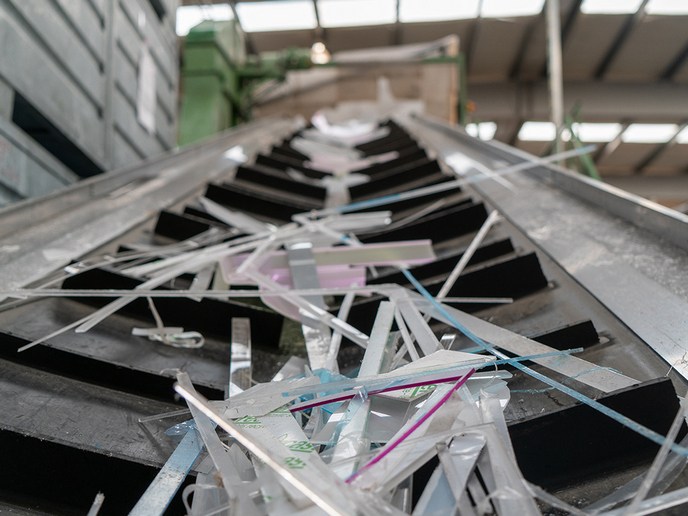High-quality aircraft composites thanks to cyanate esters
Components of aircraft cooling units are exposed to extreme conditions, with temperatures ranging from 0 to around 240 °C. The HITEMCOMFIL (Manufacturing of high temperature composite parts for air cooling unit (e.g. cyanate ester / carbon fibres) by filament winding) project focused on replacing metal alloys in a sleeve structure – part of a rotor assembly – with cyanate esters. Unlike traditional epoxy resins, cyanate esters are highly sophisticated thermoset polymer resins suitable for use in high temperatures and with highly desirable properties. Such composite materials allow a weight reduction of the structure and high rotational speeds at elevated temperatures. The sleeve is part of an assembly consisting of several parts made of different materials, including a steel core and magnets. The low temperature expansion coefficient of cyanate esters limits expansion of the sleeve and thus helps to fix the magnets at a defined position. It therefore allows for a more constant magnetic gap and consequently a higher efficiency of the rotor assembly. Researchers used filament winding to manufacture the structural composites, keeping in mind that this resin poses high demands in terms of moisture uptake and heat control during the process. Special emphasis was placed on modelling and measuring the residual stresses that form in the sleeve after the winding process. The team also gained further insight into how filament pre-straining affects the properties of the finished part. In-depth analysis of the chemical and physical processes during curing led to minimising void content by almost 80 %. This helps obtain high-quality composite parts with excellent thermal properties at elevated temperatures. The combined use of cyanate ester resins and filament pre-straining in one process makes this method suitable for manufacturing a variety of products exposed to heavy loading. Cyanate esters are being qualified for pressure vessels, pressure lines, fly-wheels and engine housings. This enables HITEMCOMFIL to broaden the range of products based on cyanate esters, providing composites parts in new fields other than aerospace.







